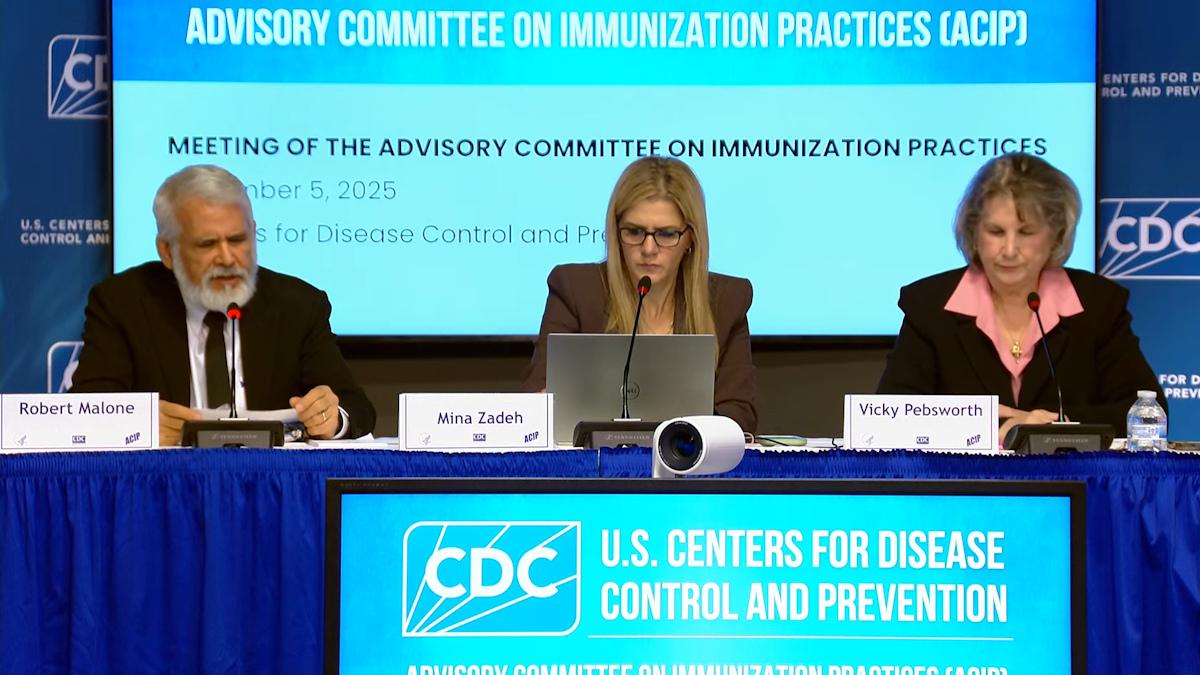Celgene to file potential MS blockbuster this year

Celgene is to file its potential multiple sclerosis blockbuster ozanimod by the end of the year following phase 3 results showing it outperformed established injectable Avonex.
Ozanimod was the main reason why Celgene paid $7.2 billion for Receptos in 2015, and predicts peak sales between $4-$6 billion.
Celgene is looking to expand its offering outside its traditional speciality in blood cancer and has targeted inflammation and immunology as an area where it can grow sales.
It already markets the blockbuster psoriasis pill, Otezla, and hopes to build on this success with ozanimod.
The market for multiple sclerosis is tough, with several well-established treatments – but producing an oral drug that is more effective than Biogen’s injection will put Celgene in a strong position with an advantage in terms of efficacy and convenience for patients.
Ozanimod has a different mechanism of action to Biogen’s established MS pill, Tecfidera, which although effective comes with unpleasant gastrointestinal side-effects.
Like Novartis’ already marketed Gilenya, ozanimod binds to S1PR1 receptors and inhibits a subset of activated lymphocytes from migrating to sites of inflammation.
The resulting reduction of circulating T and B lymphocytes leads to anti-inflammatory activity, without compromising the immune system.
But unlike Gilenya, ozanimod is also believed to bind with S1PR5 receptors believed to activate certain cells within the central nervous system.
These could enhance replacement of sheaths on nerve cells damaged by the overactive immune system in patients with MS, preventing neurological damage.
Celgene said the phase 3 SUNBEAM trial evaluating efficacy and safety of ozanimod met primary endpoint in reducing annualised relapse rate (ARR) compared with Avonex (interferon beta-1a).
SUNBEAM evaluated two orally administered doses of 0.5m and 1mg, with patients treated for at least one year in patients with relapsing multiple sclerosis. The trial enrolled 1,346 patients in 20 countries.
Top-line data show that both doses demonstrated statistically significant and clinically meaningful improvements compared to Avonex for the primary endpoint of ARR and the measured secondary endpoints of the number of gadolinium-enhancing MRI lesions and the number of new or enlarging T2 MRI lesions at month 12.
As agreed previously with the FDA a pre-specified analysis on the time to onset of disability progression will be conducted using pooled results from both the SUNBEAM and RADIANCE phase 3 trials.
The overall safety and tolerability profile was consistent with results from previously reported phase 2 RMS (RADIANCE) and phase 2 ulcerative colitis (TOUCHSTONE) trials.
Data from the confirmatory phase 3 RADIANCE trial is due in Q2 and filings are planned by year end.
However the biggest development this year in MS is the anticipated approval of Roche's new drug Ocrevus, with an FDA decision expected on 28 March.
Analysts EP Vantage have predicted sales of around $4.4 billion by 2020.
Late stage trial data has shown Ocrevus is better at controlling relapsing MS than Merck KGaA’s Rebif (interferon beta-1a) and was also able to halt disease progression in almost half of patients with primary progressive MS, a form of the disease for which there is no approved treatment.












